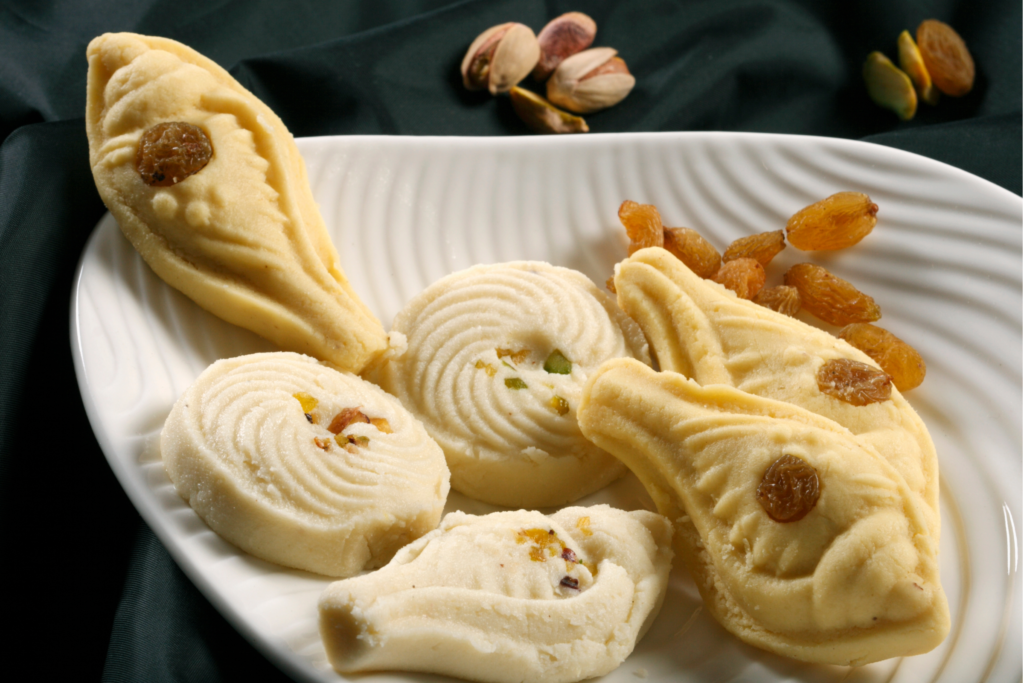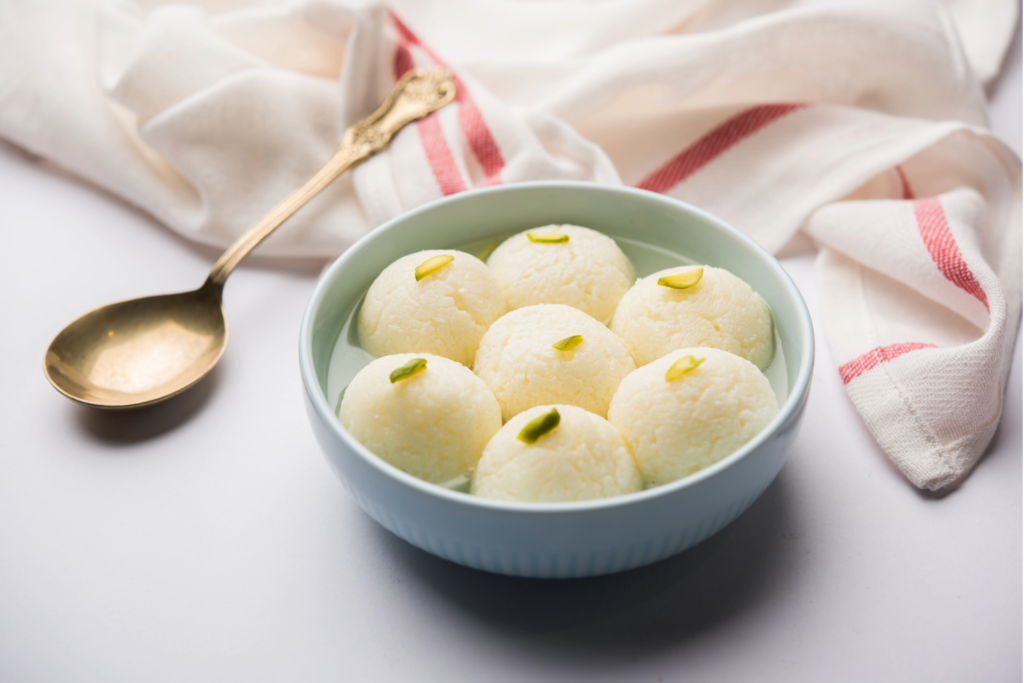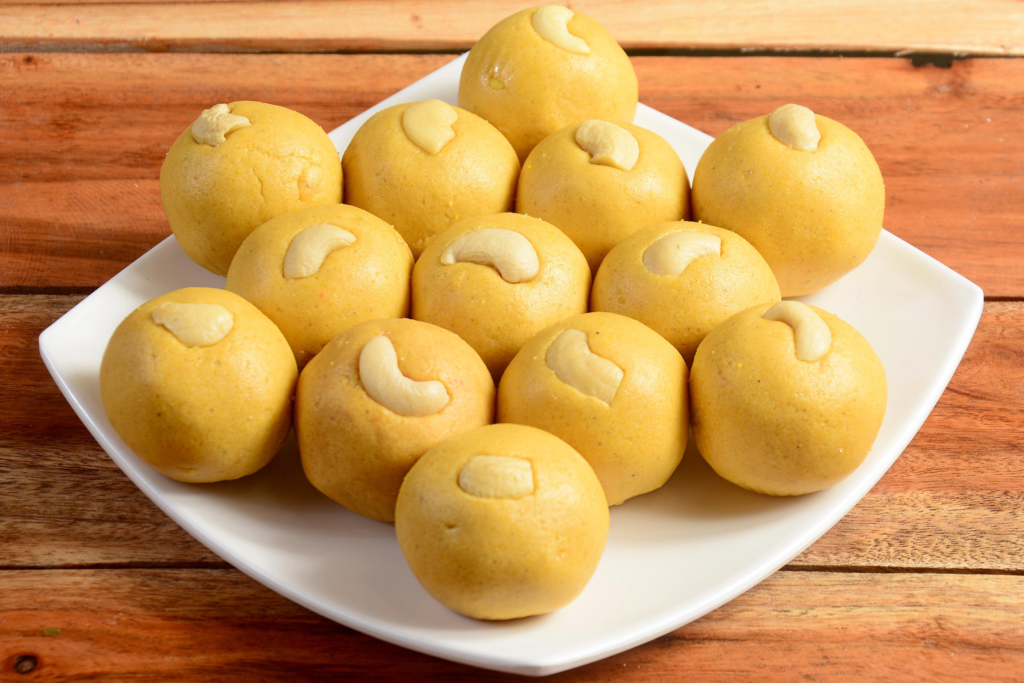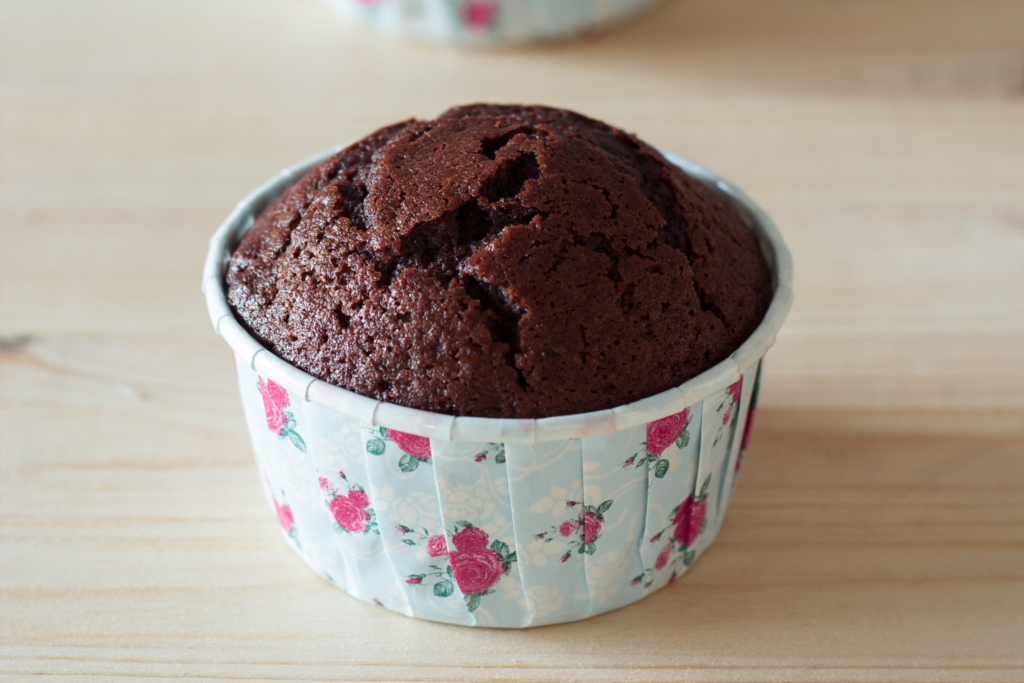परिचय:
भारतीय मिठाईच्या मंत्रमुग्ध करणाऱ्या जगात पाऊल टाका, जिथे परंपरा गोडपणासह अखंडपणे मिसळते. आज, आम्ही पुरण पोळीच्या चवींमध्ये आणि वारशात स्वतःला बुडवून घेत आहोत, ज्याने पिढ्यांना आनंद दिला आहे. या वापरकर्ता-अनुकूल मार्गदर्शकामध्ये, आम्ही तुमच्या स्वतःच्या स्वयंपाकघरात पुरण पोळी बनवण्याचे रहस्य उघड करू - एक स्वादिष्ट पदार्थ जे केवळ मिष्टान्न नाही तर सांस्कृतिक अनुभव आहे.
पुरण पोळी का?
परिपूर्ण पुरण पोळी तयार करण्याच्या गुंता जाणून घेण्याआधी, भारतीय पाककृतीमध्ये या गोडाला विशेष स्थान का आहे याचे कौतुक करण्यासाठी थोडा वेळ घेऊ या. पुरण पोळी ही चव आणि पोत यांचे सुसंवादी मिश्रण आहे. त्यात चणा डाळ (चण्याची डाळ वाटून) आणि गुळापासून बनवलेले गोड, नटी भरलेले असते, ते पातळ, मऊ आणि सूक्ष्मपणे गोड गव्हाच्या फ्लॅटब्रेडमध्ये गुंफलेले असते.
पुरण पोळी म्हणजे फक्त चव नाही; हे एकजुटीचे आणि उत्सवाचे क्षण साजरे करण्याबद्दल आहे. हा भारतीय सणांचा आणि विशेष प्रसंगांचा एक अविभाज्य भाग आहे, जो आनंद वाटण्याचा आणि गोडपणा पसरवण्याचे प्रतीक आहे.
पुरण पोळीला वेगळे सांगणारे त्याचे सांस्कृतिक महत्त्व आहे. हे भारतीय खाद्यपदार्थाच्या विविधतेचे प्रतिनिधित्व करते, प्रादेशिक भिन्नतेसह जे या प्रिय मिठाईला एक अनोखा वळण जोडते. होलीज, ओब्बट्टू किंवा पुरण पोळी असे म्हटले तरी त्याचे सार सारखेच राहते - शुद्ध आनंद.
आमची रेसिपी काय वेगळे करते?
तुम्ही विचार करत असाल, "मिठाईच्या दुकानात पुरणपोळी उपलब्ध असताना घरीच का बनवायची?" उत्तर सोपे आहे: होममेड पुरण पोळी तुम्हाला अस्सल चव चाखू देते, तुमच्या आवडीनुसार गोडपणा समायोजित करू देते आणि प्रेमाने बनवलेल्या ताज्या, प्रिझर्व्हेटिव्ह-मुक्त मिठाईचा आस्वाद घेऊ देते.
आमची युजर-फ्रेंडली पुरण पोळी रेसिपी हे सुनिश्चित करते की तुम्ही सहजतेने तुमच्या स्वयंपाकघरात ही आनंददायी गोड पुन्हा तयार करू शकता. आम्ही तुम्हाला प्रत्येक पायरीवर मार्गदर्शन करू, परिपूर्ण पोत मिळवण्यासाठी टिपा सामायिक करू आणि तुमची पुरण पोळी तितकीच मऊ, गोड आणि आनंददायी होईल याची खात्री करण्यासाठी अंतर्दृष्टी देऊ.
आमच्यासोबत किचनमध्ये सामील व्हा
या संपूर्ण मार्गदर्शकामध्ये, आम्ही तुमचा पुरण पोळी बनवण्याचा अनुभव आनंददायक बनविण्यासाठी, अनुसरण करण्यास सुलभ, चरण-दर-चरण सूचना देऊ. तुम्ही अनुभवी स्वयंपाकी असाल किंवा भारतीय मिठाईच्या जगात नवीन असाल, आमची रेसिपी हे सुनिश्चित करण्यासाठी डिझाइन केले आहे की परिपूर्ण पुरण पोळी बनवणे ही तुमच्या घरातील एक प्रचलित परंपरा बनते.
तर, तुमचे साहित्य गोळा करा, तुमची रोलिंग पिन तयार करा आणि चला एका गोड प्रवासाला सुरुवात करूया जी तुम्हाला भारतीय संस्कृतीच्या समृद्ध टेपेस्ट्रीशी जोडेल. चला पुरण पोळी बनवूया ती फक्त मिष्टान्न नाही; हा परंपरेचा उत्सव आहे, प्रेमाचे प्रतीक आहे आणि एक अशी मेजवानी आहे जी तुम्हाला आणखी काही गोष्टींची लालसा दाखवेल.









